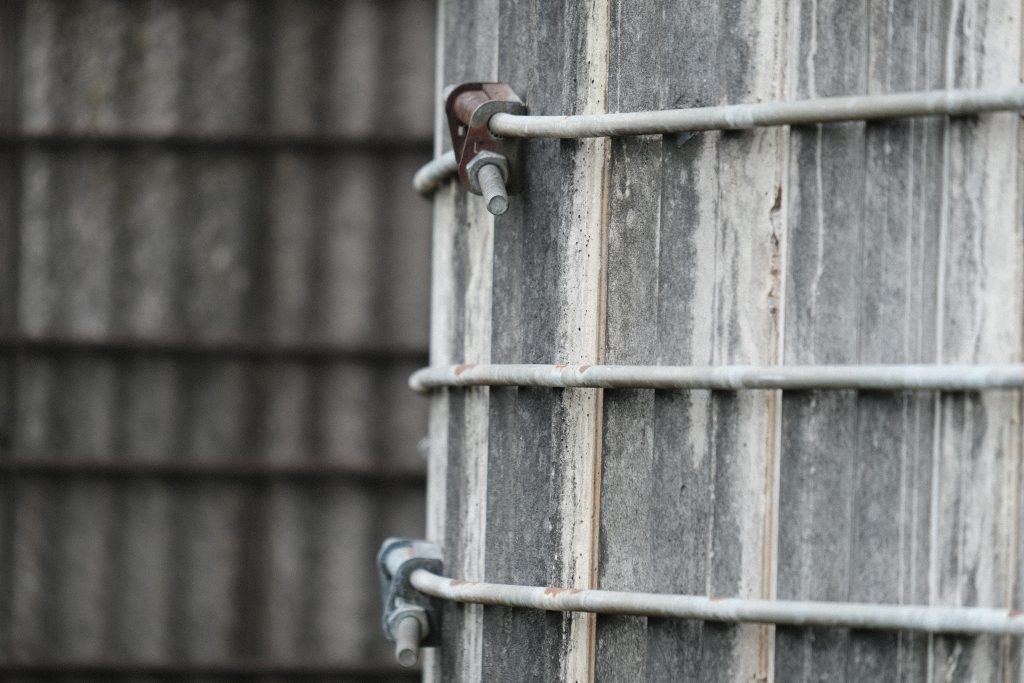
Three hour meeting bundles start at $700.
Start on a new journey today.

Three hour meeting bundles start at $700.
Start on a new journey today.
Sign up for our Muse-letter now!

Frida on the Camino Real, Santa Fe, NM. Image Ivan Barnett.
“Public art is the most democratic of art forms—it belongs to everyone yet demands the highest standard from its maker.” –Ivan Barnett
Before I ever knew what public art was, I had already been drenched in a huge range of experiences being the son of my mentor—my artist father. In Philadelphia, there was William Penn’s bronze sculpture at the top of City Hall, designed by Alexander Calder’s father. There were the grand pyramids of Mexico City. And my most favorite of all—the petroglyphs in Red Tank Wash, near Rimrock, Arizona.
The thing about public art is that one does not need to be a museum-goer or even an art collector to appreciate them. You don’t need to know who Christo or Michelangelo are. You simply need to delight in the visual experience. Public art stimulates our minds, souls, and hearts. Whether abstract, realistic, bronze, marble, steel—public works have a way of making you stop, look, and feel. Public murals, in particular, have a distinct way of reflecting the communities we inhabit. In these contemporary times, Banksy has created mystery all over the world with his thought-provoking, location-specific works.
Public art has a powerful way of saying to its public: “Here I am—enjoy me, take me in, think about what you are looking at.” For the maker—even the graffiti artist—there’s an unspoken message: “I was here, and I matter.” Whether you are an accomplished painter or someone who simply likes to experiment, making a public work can be transformative and fulfilling.

Mural at the Santa Fe Train Station. Image Ivan Barnett.
The global art market in 2024 saw a 12% decline in total sales, falling to $57.5 billion. Public auction sales dropped by 25% in value, yet—interestingly—transactions increased by 3%. This tells us there’s greater activity in smaller, more accessible segments of the market, and public art sits squarely in this sweet spot.
In the United States—still the largest art market, with $24.8 billion in sales—public commissions and civic art programs represent millions in funding each year. Many of these projects never make the headlines, yet they support hundreds of artists annually. Santa Fe alone has an active public art program, with installations along the Rail Trail, sculptures in the Railyard, and murals that tell the layered story of our city. In many ways, our Pueblo-style architecture itself acts as its own public form.
Public art offers something a gallery wall cannot: scale. Large-scale work transforms both the physical environment and the trajectory of an artist’s career. Think of Henry Moore’s monumental bronzes in public parks, Alexander Calder’s massive mobiles, or Christo and Jeanne-Claude’s site-specific environmental works.
Women have also shaped public art’s modern history—Louise Nevelson with her massive wood assemblages rising in urban plazas, Frida Kahlo embedding political narrative in public work, and contemporary voices who continue to challenge scale, space, and meaning. Their public pieces didn’t just enhance their reputations; they opened doors to museum retrospectives, major commissions, and cultural awareness. Unlike exhibitions that can come and go, monumental works are lasting visual anchors wherever they are installed.

Mosaic Mural in Santa Fe’s Rail Yard. Image Ivan Barnett.
When your work lives at a grand scale, it sends a signal: you are an artist whose voice matters in the public realm. This visibility translates into:
Too often, artists assume public art is for “specialists” in sculpture or architecture. The truth is, painters, photographers, mixed-media artists, and even digital creators can compete for—and win—public commissions. What’s often missing is guidance in navigating the process: proposal writing, fabrication planning, budget negotiation, and meeting civic or institutional requirements.

Will Shuster Mural—Museum of New Mexico. Image Ivan Barnett.
Our city, the oldest capital city in the country, is a living museum of public creativity. Santa Fe offers fertile ground for artists willing to work beyond the studio. Our terrain and landscapes magnify our visual experience, whether an Alan Houser bronze, or his son, Bob Hazous’ social commentary works to the magnificent, large-scale works at Meow Wolf. Of course, I cannot forget Juan Hamilton’s (Georgia O’Keefe’s protégé’s) stunning “spiral” sculpture in the O’Keeffe garden.
Public art is not just about beauty—it’s about belonging in the cultural and economic life of a place. It can help build your resume, your reputation, as well as your revenue. As we all know, supporting oneself with an art practice is no easy feat, which only a small minority of artists can do.
At Serious Play, I work with artists to enter this arena with confidence—helping you find opportunities, shape competitive proposals, and scale your vision to meet the demands of public art. The invisible economy is waiting, and it’s far larger and expansive than you could ever imagine.
“Art is not what you see, but what you make others see.” — Edgar Degas
© 2025 by Ivan Barnett